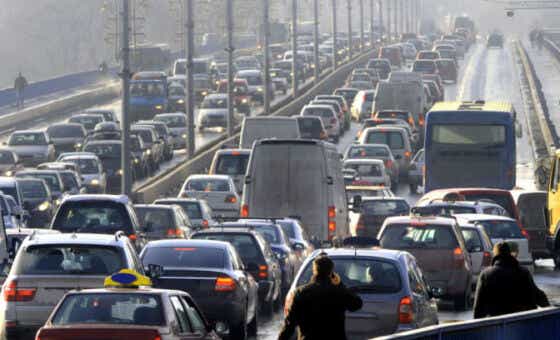CTP/Greenslip Insurance
Did you know CTP doesn’t cover you for the cost of damage to your or anyone else’s car or property? For a higher level of coverage you could consider a comprehensive car insurance policy.
Compare Comprehensive Car Insurance
What is CTP or Green Slip insurance?
Compulsory Third Party (CTP) insurance, also known as Green Slip car insurance in New South Wales, is a type of car insurance that protects you against compensation claims if you kill or injure someone in a road traffic accident.
CTP insurance is legally required to register a car in Australia and is an included cost of vehicle registration in most states.
The legal liability for injury or death from an accident can potentially stretch into millions of dollars, which is a key reason why CTP insurance is considered necessary.
CTP (Green Slip) Insurance in your state or territory
The rules of CTP insurance vary across different states and territories. For example, drivers in New South Wales, Queensland, South Australia and the Australian Capital Territory have the power to choose their CTP or Green Slip insurance provider. Everywhere else in the country, CTP is provided by one state-owned or government-licensed insurer.
Research the CTP or Green Slip options in your state or territory:
- ACT: Australian Capital Territory CTP Insurance
- NSW: New South Wales Green Slip Insurance
- NT: Northern Territory CTP Insurance
- Qld: Queensland CTP Insurance
- SA: South Australia CTP Insurance
- Tas: Tasmania CTP Insurance
- Vic: Victoria CTP Insurance
- WA: Western Australia CTP Insurance
Compare Comprehensive Car Insurance
Limitations of CTP
It is important to keep in mind that CTP does not insure you for any damage caused to your own car, or to other people’s cars, or to any other property. CTP purely covers you against injury or death caused to other people. If you would like some financial protection against other types of damage that may occur in a car accident, you may want to consider other types of car insurance such as third party property, third party fire and theft or comprehensive car insurance.
What is comprehensive car insurance?
Comprehensive car insurance can cover damage caused to your own car by accidents and other insured events, such as natural disasters, vandalism and theft. It can also insure you against damage to other people’s cars or property you cause while driving. As the name suggests, it is the most extensive type of optional car insurance available in Australia.
Depending on the insurer and policy you choose, comprehensive car insurance can also include a range of optional extras, such as:
- Roadside assistance
- A free rental car while your vehicle is undergoing repairs
- The ability to choose a repairer outside your insurer’s network
- Windscreen repair
Any optional extras you choose will generally cause your premiums to be higher.
Comprehensive car insurance
Canstar doesn’t rate CTP insurance, however we do rate comprehensive car insurance. You can read the full car insurance star ratings report.
No-fault vs at-fault CTP insurance
CTP insurance schemes between states and territories can vary in terms of whether they have no-fault or at-fault liability, as the table below highlights:
| State/Territory | No-fault or at-fault |
|---|---|
| NSW | |
| Qld | |
| Vic | |
| SA | |
| WA | |
| ACT | |
| NT | |
| Tas |
Queensland and Western Australia are, at the time of writing, at-fault states. This means that if a person is injured in an accident in one of these states, they must prove to their CTP insurer that they were not “at fault” and did not cause the accident in order to get CTP cover for their own injuries. If the person was “at fault” and caused the accident, their CTP insurer generally will not pay them any compensation or provide payment for rehabilitation or ongoing care and support.
One exception to the at-fault rule exists in Western Australia. In 2016, the WA Government introduced a Catastrophic Injuries Support (CIS) scheme, providing care and support for people who are catastrophically injured in motor vehicle crashes and are unable to establish the fault of another driver. In Queensland, at-fault drivers who sustain certain eligible injuries may still be able to access cover for “necessary and reasonable” treatment under the National Injury Insurance Scheme (NIIS).
In no-fault states and territories, insurance companies will compensate an injured person regardless of which driver was at fault, with some possible exceptions such as if the at-fault driver is charged with a serious driving offence in relation to the accident.
As a general rule, the CTP scheme that applies to an accident depends on the state or territory where the accident occurs. This means if a driver from a no-fault state were to have an accident in an at-fault state such as Queensland or Western Australia, the at-fault system would typically apply to their insurance claim for compensation and payment for treatment. But if a Queensland or Western Australian driver were to have an accident in another state or territory, they would be covered under the applicable no-fault scheme.
Latest in
Important information
For those that love the detail
This advice is general and has not taken into account your objectives, financial situation or needs. Consider whether this advice is right for you.











